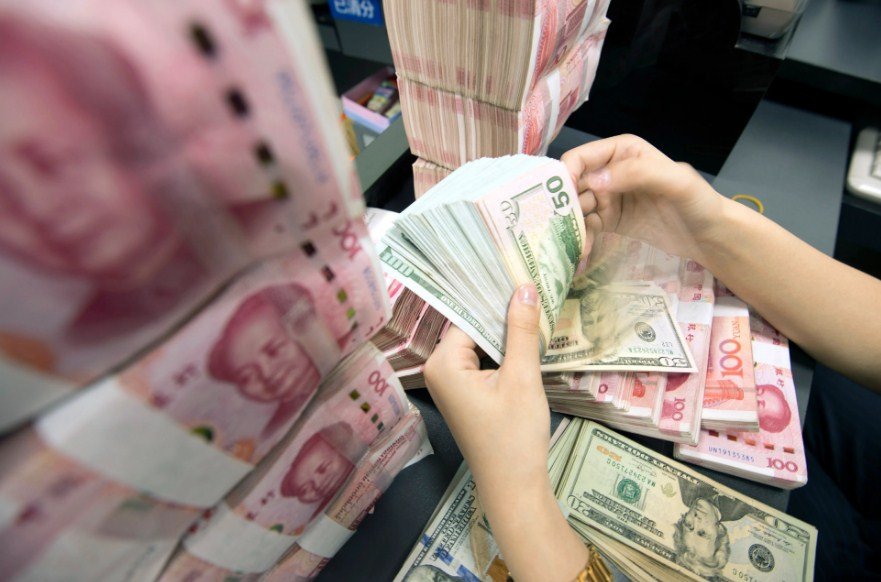State banks swap and sell dollars for yuan
China’s major state-owned banks have been active in the currency market this week, swapping yuan for U.S. dollars in the onshore swap market and selling those dollars in the spot market to support the yuan, two sources with knowledge of the matter said. The state bank actions come at a time when the yuan is facing downward pressure from a broadly weaker U.S. dollar and a slowing domestic economy.
The sources, who spoke on condition of anonymity as they were not authorised to speak to media about the matter, said the state banks seemed to be following their usual combination of swaps and spot market activity, and were seen exchanging yuan for dollars in the onshore swap market and selling those dollars in the spot market. The sources did not specify the amount or timing of the interventions.
State banks often act on behalf of the country’s central bank, the People’s Bank of China (PBOC), in the foreign exchange market, but they would also trade on their own behalf. The PBOC has not commented on the state bank actions.
Yuan gains against dollar despite economic headwinds
The yuan has gained about 1.5% against the dollar in the past week, to stand at levels of around 6.35 per dollar – its highest in more than two months. The yuan’s strength comes despite signs of a cooling domestic economy and a widening interest rate gap between China and the United States.
China’s economic growth slowed to 4.9% in the third quarter, the lowest since the first quarter of 2020, as power shortages, property woes and COVID-19 outbreaks weighed on activity. Meanwhile, the U.S. economy expanded by 6.7% in the same period, boosted by consumer spending and business investment.
The U.S. Federal Reserve is also expected to start tapering its bond-buying programme soon, which could lift U.S. yields and the dollar. The PBOC, on the other hand, has kept its policy rate unchanged at 3.85% since April 2020, and has injected liquidity into the banking system through its medium-term lending facility (MLF) loans.
PBOC lowers yuan fixing to reflect market conditions
The PBOC has also been lowering the dollar-yuan daily fixing rate this week, in line with the market movements. The fixing rate is the midpoint of the trading band for the onshore yuan, which is allowed to move 2% in either direction from the rate.
On Tuesday, the PBOC set the fixing rate at 6.3689 per dollar, the lowest since Sept. 7. The onshore spot yuan briefly touched 6.3469 per dollar, firmer than the fixing rate for the first time in two months.
Some market participants said the PBOC might be trying to speed up the yuan’s gains and spur exporters to convert more of their foreign exchange earnings into yuan. The Chinese currency is still down about 1.2% against the dollar this year.
Others said the PBOC might be preparing for a possible policy rate cut in the future, as the economy faces more challenges from the property sector and the pandemic. A lower policy rate could weaken the yuan’s appeal and put more depreciation pressure on the currency.

